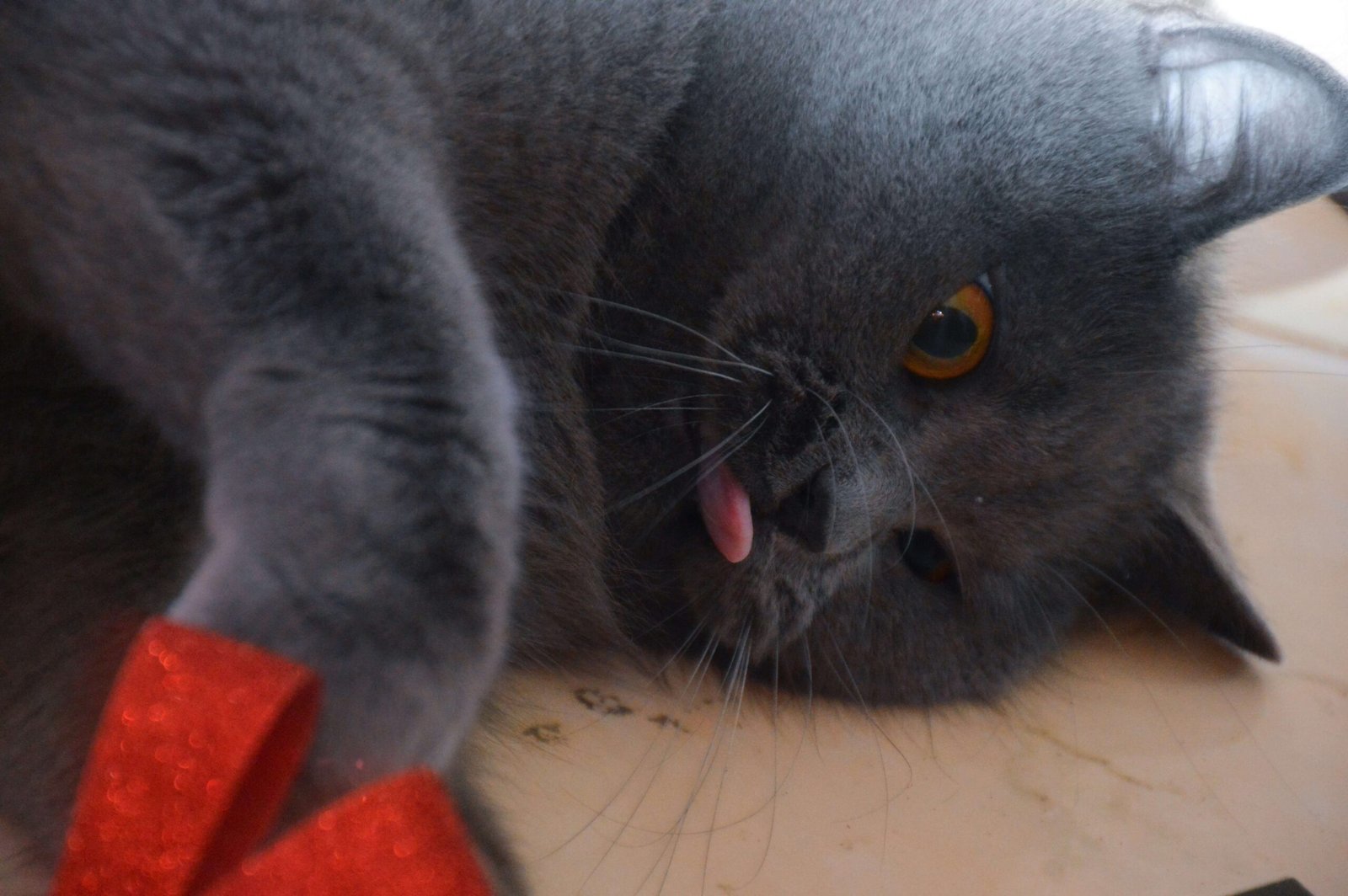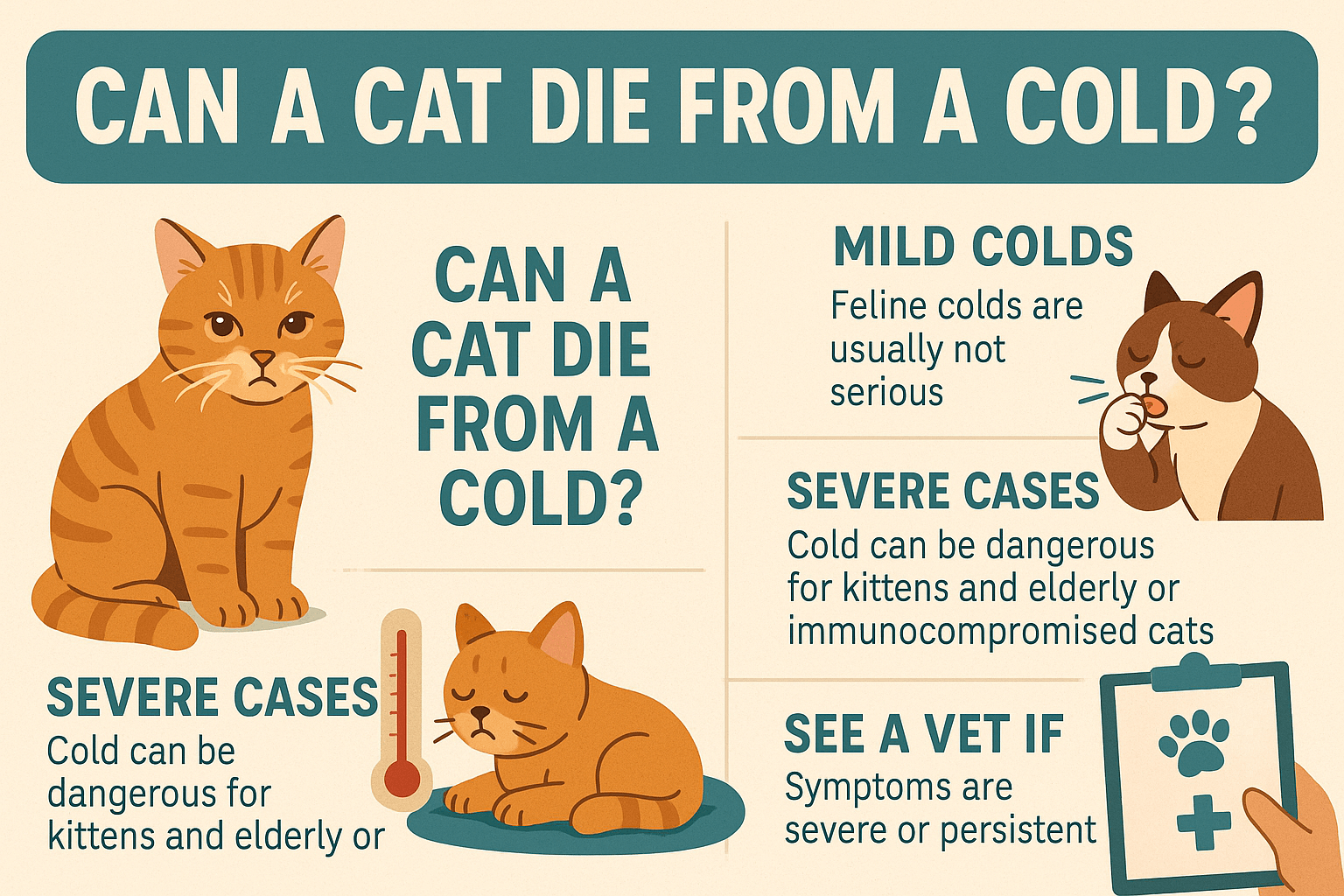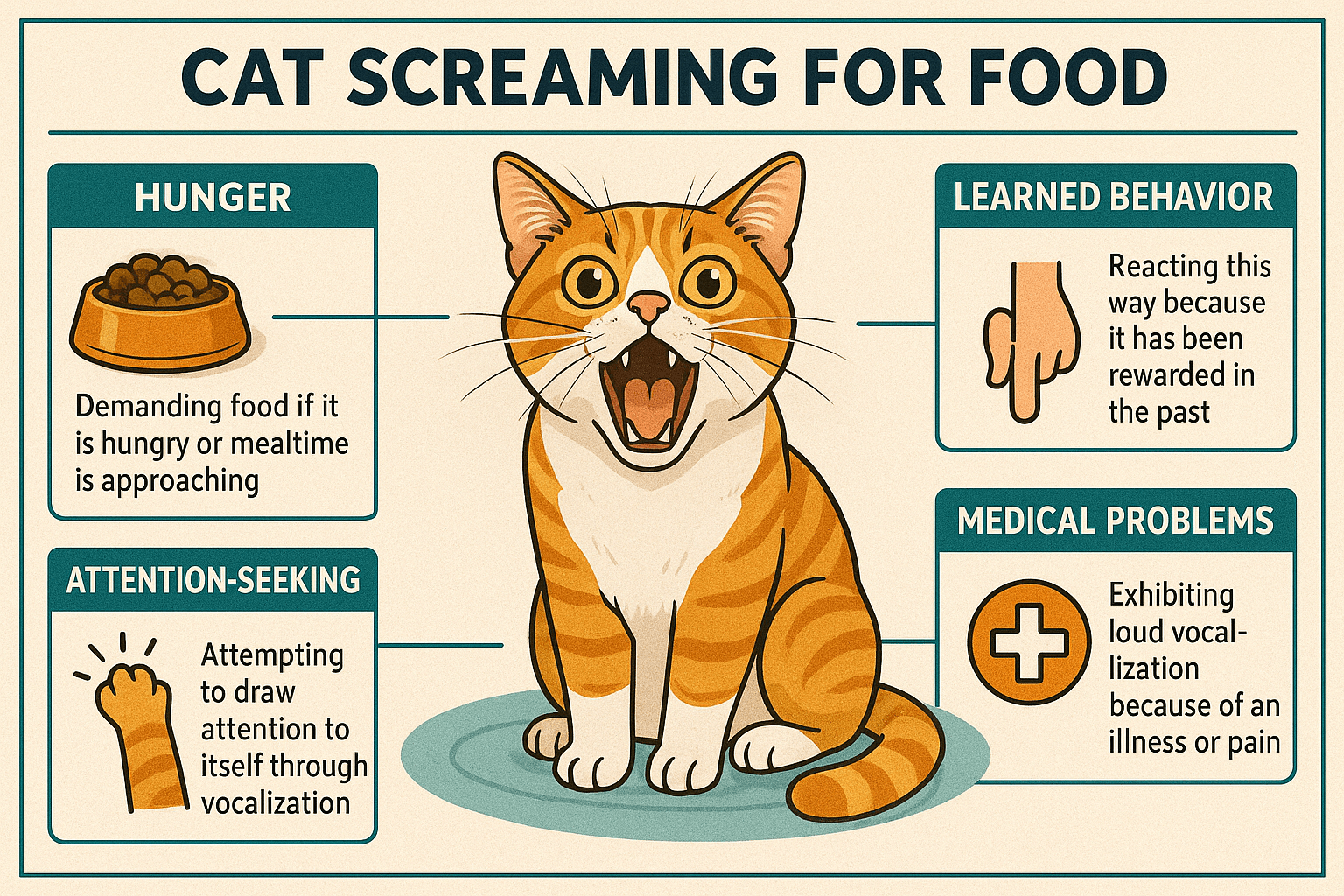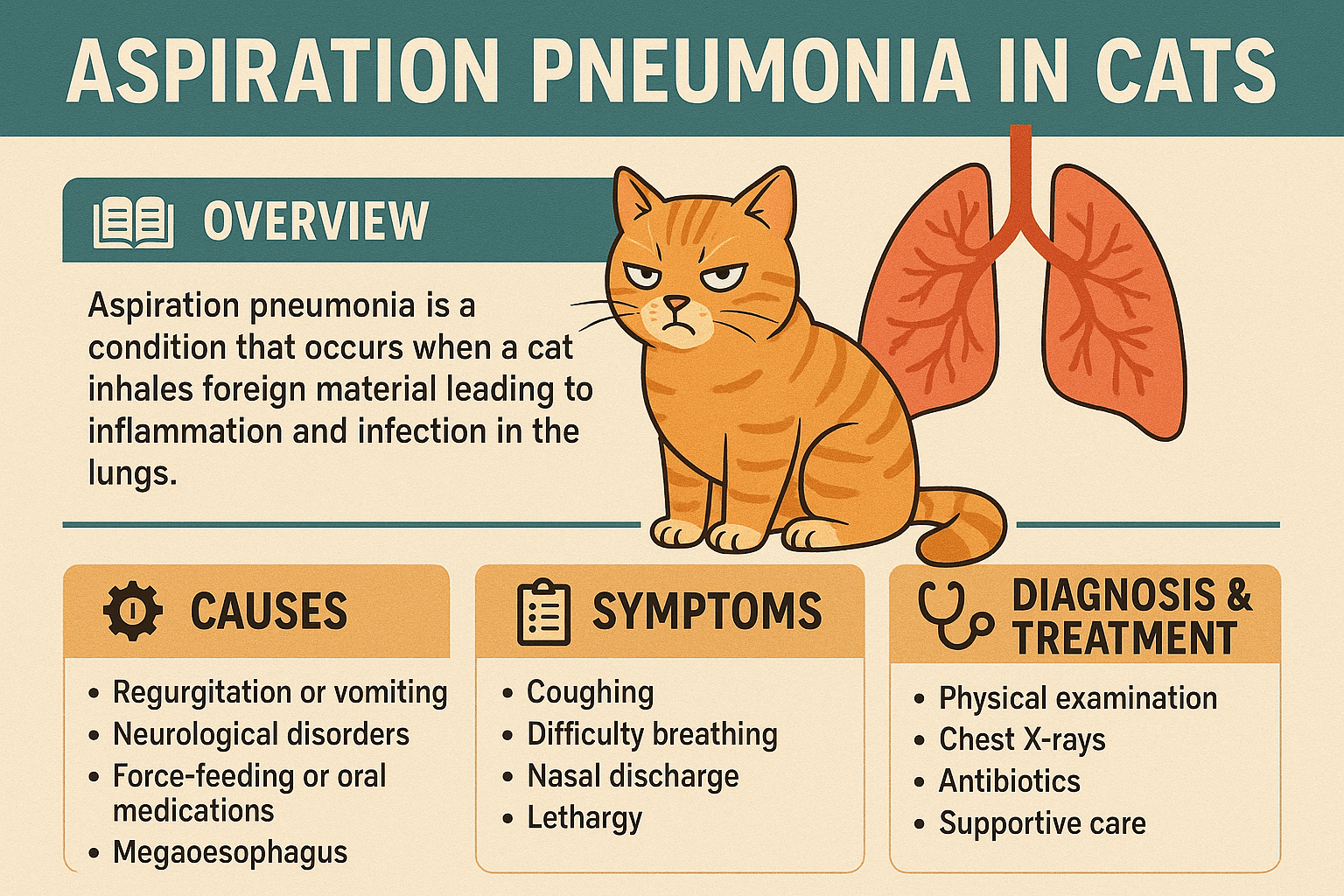Are Pothos Plants Toxic to Cats? What Every Pet Owner Should Know
Pothos plants, with their lush green leaves and easy care requirements, have become a favorite among indoor plant enthusiasts. But if you’re a cat owner, it’s essential to consider how safe these popular houseplants are for your furry friend. While pothos can add beauty and life to your home, they also pose potential risks to curious cats who might nibble on their leaves. In this blog post, we’ll explore whether pothos plants are toxic to cats, what happens if your cat ingests them, and how to keep your pet safe without sacrificing your love for greenery.
Understanding the Risks: Why Pothos Plants Are Toxic
Pothos plants contain insoluble calcium oxalate crystals, which can cause irritation and other unpleasant symptoms if ingested by cats. These crystals are found throughout the plant, including the leaves and stems, making every part potentially harmful. Here’s what you need to know about why pothos is considered toxic:
Insoluble Calcium Oxalate Crystals : When chewed, these sharp crystals can irritate a cat’s mouth, throat, and digestive system.
Immediate Oral Irritation : Cats may experience pain, swelling, or drooling shortly after biting into the plant.
Potential Vomiting : Ingesting pothos can lead to vomiting as the body tries to expel the irritant.
Difficulty Swallowing : The swelling caused by the crystals can make swallowing uncomfortable or even painful for your cat.
Gastrointestinal Upset : If a larger amount is consumed, your cat might suffer from diarrhea or abdominal discomfort.
While pothos isn’t typically life-threatening, its toxic nature means cat owners should take precautions to prevent accidental ingestion.
Symptoms of Pothos Poisoning in Cats
If your cat has nibbled on a pothos plant, you may notice specific symptoms that indicate poisoning. Recognizing these signs early can help you act quickly to minimize harm. Here’s what to look out for:
Excessive Drooling : This is often the first sign, as the crystals irritate the mouth and tongue.
Pawing at the Mouth : Cats may try to relieve the irritation by pawing at their face or rubbing it against surfaces.
Lethargy : A poisoned cat may appear unusually tired or uninterested in their surroundings.
Vomiting or Diarrhea : These gastrointestinal issues can occur if the plant material reaches the stomach.
Loss of Appetite : Discomfort or nausea might cause your cat to refuse food temporarily.
If you notice any of these symptoms, it’s important to consult your veterinarian promptly to ensure your cat receives appropriate care.
Check this guide 👉The Importance of Cat-Safe Plants: Best 7 Expert Tips!
Check this guide 👉Cat-Safe Herbs: Best 7 Health Tips!
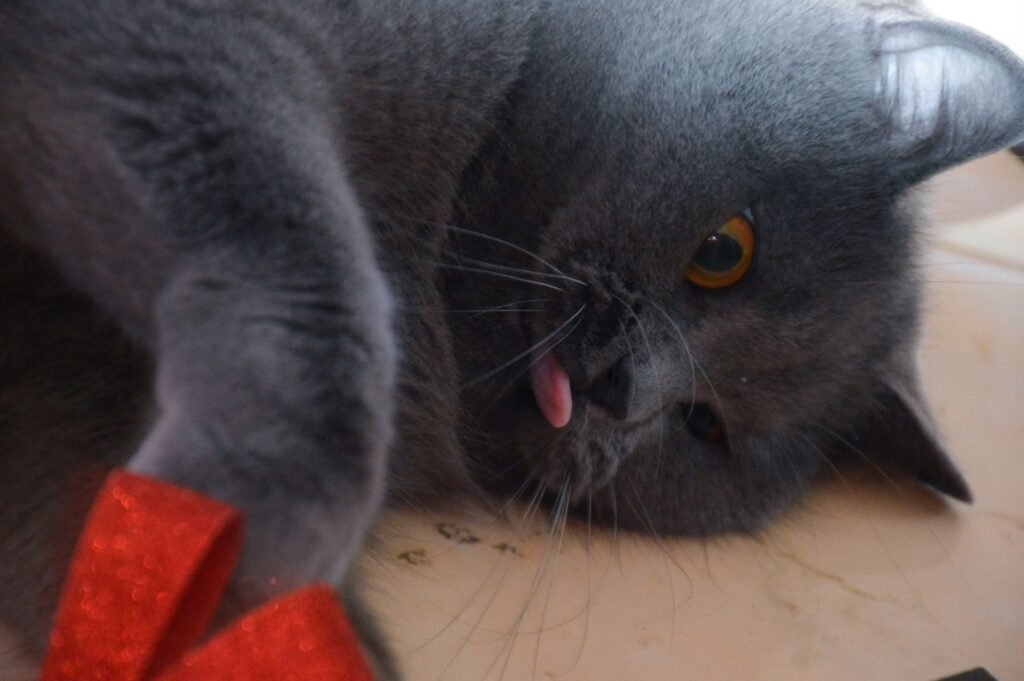
Signs of Pothos Poisoning | What You Can Do |
|---|---|
Excessive Drooling | Rinse your cat’s mouth with water |
Pawing at the Mouth | Offer soft food or water to soothe irritation |
Lethargy | Monitor your cat closely and limit activity |
Vomiting or Diarrhea | Contact your vet for advice |
Loss of Appetite | Encourage hydration and provide bland snacks |
Preventing Accidents: How to Keep Your Cat Safe Around Pothos
Prevention is key when it comes to protecting your cat from toxic plants like pothos. By taking proactive measures, you can enjoy your houseplants while keeping your pet out of harm’s way. Here are some practical tips:
Place Pothos Out of Reach : Position your pothos on high shelves or hanging planters where your cat can’t access it.
Use Deterrent Sprays : Apply pet-safe deterrent sprays to the leaves to discourage chewing.
Create Physical Barriers : Use mesh guards or plant stands with protective covers to block access.
Train Your Cat : Use positive reinforcement to teach your cat to avoid certain areas or plants.
Opt for Non-Toxic Alternatives : Consider replacing pothos with cat-safe plants like spider plants or Boston ferns.
By implementing these strategies, you can create a safer environment for your feline companion while still enjoying the beauty of indoor plants.
Alternatives to Pothos: Cat-Safe Houseplants
If you’re concerned about the risks associated with pothos, there are plenty of pet-friendly plants that can brighten up your space without endangering your cat. Here are some excellent options:
Spider Plant : Known for its air-purifying qualities, this plant is non-toxic and easy to care for.
Boston Fern : With its lush fronds, the Boston fern adds elegance to any room and is completely safe for cats.
African Violet : These colorful flowering plants are not only beautiful but also harmless to pets.
Calathea : Featuring striking patterns, calatheas thrive indoors and are non-toxic to cats.
Herbs Like Catnip or Basil : Grow herbs that are both decorative and beneficial for your cat’s enjoyment.
Switching to cat-safe plants ensures peace of mind while maintaining a vibrant and welcoming home.
Recognizing Cat Behavior Around Houseplants
Cats are naturally curious creatures, and their behavior around houseplants can provide valuable insights into potential risks. Understanding how your cat interacts with plants like pothos can help you prevent accidents before they happen. Here are some common behaviors to watch for:
Chewing on Leaves : Cats may nibble on plants out of curiosity or boredom, which can lead to ingestion of harmful substances.
Rubbing Against Pots : While not dangerous, this behavior indicates interest in the plant, signaling a need for supervision.
Knocking Over Plants : Cats often knock over plants during play, potentially exposing soil or leaves that could be ingested.
Hiding Near Plants : Cats seeking shelter might linger near large plants, increasing the likelihood of accidental exposure.
Pawing at Soil : Digging in the soil can lead to ingestion of debris or fallen leaves, posing a risk if the plant is toxic.
By observing these behaviors, you can take steps to minimize risks and ensure your cat’s safety around houseplants.
Creating a Pet-Friendly Plant Care Routine
Maintaining a pet-friendly home doesn’t mean giving up your love for plants. With a few adjustments to your plant care routine, you can enjoy greenery while keeping your cat safe. Here are some tips to consider:
Regularly Inspect Plants : Check your plants for signs of damage or dropped leaves that your cat might ingest.
Clean Up Fallen Debris : Remove any leaves or soil from the floor to prevent accidental consumption.
Use Covered Pots : Opt for pots with narrow openings to discourage digging or chewing.
Rotate Plants Safely : Keep toxic plants in areas your cat doesn’t frequent, like high shelves or closed rooms.
Supervise Playtime Near Plants : Monitor your cat when they’re near plants to prevent unwanted interactions.
A thoughtful approach to plant care can help you strike a balance between your love for plants and your cat’s well-being.
Educating Others About Pet Safety
If you share your home with family members, roommates, or visitors, it’s important to educate them about the risks of toxic plants like pothos. Ensuring everyone is on the same page can help protect your cat from harm. Here are some key points to communicate:
Identify Toxic Plants : Teach others how to recognize plants that are harmful to cats, such as pothos or lilies.
Explain Symptoms of Poisoning : Share information about drooling, vomiting, or lethargy so they know what to look for.
Establish House Rules : Set clear guidelines about keeping plants out of reach or avoiding certain areas with pets.
Encourage Vigilance : Remind others to supervise pets when new plants are introduced into the home.
Promote Safe Alternatives : Suggest non-toxic plants as gifts or decor options to maintain a pet-safe environment.
By spreading awareness, you can create a safer space for your cat and foster a culture of responsibility among those who share your home.
Frequently Asked Questions About Pothos and Cats
Are all types of pothos plants toxic to cats?
Yes, all varieties of pothos contain insoluble calcium oxalate crystals, making them toxic to cats.
What should I do if my cat eats pothos?
Remove any remaining plant material from their mouth, rinse it with water, and contact your vet immediately.
Can pothos kill a cat?
While pothos poisoning is rarely fatal, it can cause significant discomfort and requires veterinary attention.
How can I tell if my cat has eaten pothos?
Look for symptoms like drooling, pawing at the mouth, vomiting, or lethargy.
Are there any safe plants I can grow around cats?
Yes, spider plants, Boston ferns, and African violets are examples of non-toxic plants.
Balancing Beauty and Safety: A Harmonious Home for You and Your Cat
As much as we love our houseplants, ensuring the safety of our pets must always come first. While pothos plants are undeniably attractive, their toxicity to cats means careful consideration is necessary. By understanding the risks, recognizing the signs of poisoning, and taking preventive measures, you can protect your feline friend without giving up your passion for greenery. Whether you choose to relocate your pothos or switch to cat-safe alternatives, creating a harmonious home benefits both you and your beloved pet. Remember, a happy and healthy cat makes for a happier household—and that’s something worth nurturing.
Can a Cat Die from a Cold? Best 7 Expert Tips! Learn how to identify, treat, and prevent feline colds while understanding when to seek veterinary care for your cat’s health.
Cat Screaming for Food: Best 7 Expert Tips! Discover effective strategies to manage your cat's food-related vocalizations and create a peaceful feeding routine.
Aspiration Pneumonia in Cats: Best 7 Expert Tips! Discover causes, symptoms, and treatment advice to protect your cat’s respiratory health and ensure a speedy recovery.
Hip Dysplasia in Cats: Best 7 Expert Tips! Discover expert advice on managing hip dysplasia in cats, from symptoms and prevention to treatment options for a happier, healthier feline life.

